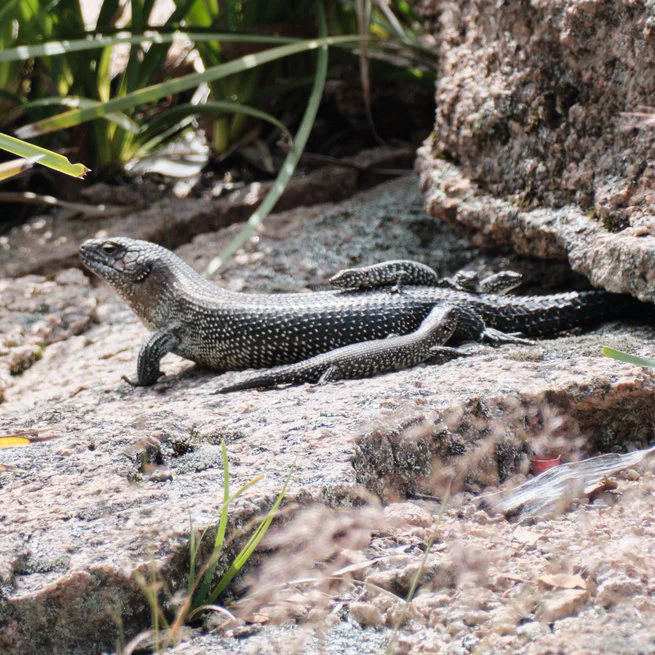
Summary Family living is an important aspect of social behaviour in species throughout the animal kingdom. The organisation of family groups varies across species, from simple family life, such as that where offspring are tolerated on the parental territory, to highly complex family structures, such as that found in eusocial insects. This variation has captivated behavioural and evolutionary biologists for decades. As a result, there has been substantial work to explain how complex family organisation comes about in the first place. Family living initially arises when offspring forgo immediate dispersal, for instance due to ecological constraints (e.g., no available territories), and remain with one or both parents instead. Kin selection is thought to play an important role in this group formation through the inclusive fitness benefits provided by cooperating with related conspecifics. An implicit assumption to preferential cooperation with kin is that individuals recognise their relatives, a process called kin recognition. Nevertheless, the precise relationship between kin recognition and the evolution of family organisation, as well as the factors that have influenced the emergence of kin ecognition itself, remain largely unknown.
22 Jun, 2024
Foraging decisions should reflect a balance between costs and benefits of alternative strategies. Predation risk and resource availability in the environment may be crucial in deciding how cautious individuals should behave during foraging. These costs and benefits will vary in time and context, meaning that animals should be able to adjust their foraging behaviour to new or altered environments. Studying how animals do this is essential to understand their survival in these environments. In this study, we investigated the effect of both insularity and urbanization on risk-taking and neophobia during foraging in the Dalmatian wall lizard (Podarcis melisellensis). Small islets tend to have both a lower number of predators and less resources. Therefore, islet populations were expected to show more risk-taking behaviour and less neophobia in a foraging context. Previous studies on behaviour of urban lizards have yielded inconsistent results, but due to a lack of both predators and arthropod prey in urban habitats, we expected urban lizards to also take more risks and behave less neophobic. We sampled several inhabited and uninhabited locations on Vis (Croatia) and surrounding islets. Risk-taking behaviour was tested by measuring the latency of lizards to feed in the presence of a predator model, and neophobia by measuring the latency to feed in the presence of a novel object. We found that islet lizards do indeed take more risks and were less vigilant, but not less neophobic. Urban and rural lizards did not differ in any of these behaviours, which is in sharp contrast with previous work on mammals and birds. The behavioural differences between islet and island lizards were novel, but not unexpected findings and are in line with the theory of “island tameness”. The effect of urbanization on the behaviour of animals seems to be more complex and might vary among taxa.
23 Jan, 2018